Once in a while, we need to get back to our roots.
I started in my travel game as a pure budget traveller, the type of person who would suffer leg cramps in economy (I’m 6’2″) in order to save a few bucks.
I’ve since been spoiled by many business class cabins thanks to the value in loyalty programs like Aeroplan. This doesn’t stop a basic fact: there is, unquestionably, a huge amount of untapped value in Aeroplan’s economy class redemptions.
Today, I want to take you through a few examples of such, and get you in the headspace you need to maximize your travel goals using Aeroplan points.
In This Post
Which Do You Value: Comfort vs. Quantity?
Most people pay cash for their travel, and this usually means flying in coach. It’s much more affordable for the average person, and the discomfort is often offset by the savings which one can then proceed to spend at their final destination.
With the power of earning and redeeming points, however, many of us can unlock a standard of luxurious travel unavailable even to frequent flyers – one that enables us to jet off in business class or First Class to far-flung destinations.
If you’re fortunate enough to have collected a sizeable nest of egg of Aeroplan points, this leads to a logical question: do you want a higher-priced premium flight experience you’d normally not pay cash for, or do you want more flights that have fewer frills?
There is no accounting for taste, but consider the analogy of a buffet.

It’s pretty rare you’ll find a buffet whose individual dishes can beat Michelin-starred restaurants. What might lack in individual quantity, though, is made up for by both the variety of available delicacies, as well as the quantity you can consume.
It’s a similar bag with the Aeroplan economy award chart: the coach products available from Air Canada and its cohorts aren’t as delightful as their premium counterparts, but you can choose to fly more of them across a much greater spread of potential routes and partners.
And of course, nothing is stopping you from mixing things up between economy and business every now and then!
Elite Status & Credit Cards: Your Secret Weapons in Economy Class
Before we analyze some of the best economy class routes for maximizing your hard-earned Aeroplan points, let’s take a look at something else of value for those at the back of the jet: Aeroplan Elite Status.
The most interesting benefits to coach flyers are those surrounding checked luggage and lounge access, which are useful because they’re honoured by both Air Canada (at all levels) and all its Star Alliance partners (at the 50K level and above).
As Economy (Standard) Aeroplan redemptions don’t come with a free checked bag, you’ll want status if you intend on flying in the back of the plane.
Aeroplan 25K Elites are permitted two free checked bags up to 23kg each, while everyone from Aeroplan 35K up to Super Elite are entitled to three complimentary checked bags with a weight of up to a whopping 32kg each.

On top of this sweet deal, Aeroplan 50K and higher members can expect to have their bags tagged as priority no matter what. It’s always refreshing to be one of the first passengers to receive your bags off the check-in rack.
If hitting Status Qualifying Dollars or Status Qualifying Segments sounds a bit too confusing for you, or you simply don’t have the time before your next trip, then a shortcut to similar benefits can be provided by the Aeroplan co-branded credit cards.
With the mid-range cards, such as at the TD Aeroplan Visa Infinite Card, the CIBC Aeroplan Visa Infinite Card, or the American Express Aeroplan Card, you’ll enjoy a free checked bag on any flight with Air Canada. If you travel a few times a year, the annual fee can easily make up for itself in what would’ve been checked baggage fees.
Should you want to upgrade your travel a bit more, consider getting a premium co-branded Aeroplan credit card.
These products include the American Express Aeroplan Reserve Card, the American Express Aeroplan Business Reserve Card, the TD Aeroplan Visa Infinite Privilege, and its doppelgänger, the CIBC Visa Infinite Privilege Card. Every single one of these offers your first bag checked for free, priority check-in, priority Zone 2 boarding, and Maple Leaf Lounge access.
The twin Visas also offer six DragonPass lounge passes.
| Credit Card | Best Offer | Value | |
|---|---|---|---|
|
Up to 95,000 Aeroplan points
$599 annual fee
|
Up to 95,000 Aeroplan points | $1,147 | Apply Now |
|
Up to 85,000 Aeroplan points†
$599 annual fee
|
Up to 85,000 Aeroplan points† | $871 | Apply Now |
|
85,000 Aeroplan points
$599 annual fee
|
85,000 Aeroplan points | $858 | Apply Now |
|
100,000 Aeroplan points
$599 annual fee
|
100,000 Aeroplan points | $582 | Apply Now |
Co-branded Aeroplan credit cardholders can also expect preferred pricing on Aeroplan redemptions, which ranges from a couple hundred up to a few thousand Aeroplan points off of their bookings when logged in.
Hefty as though the annual fees may be, the advantages of these cards speak for themselves.
For the Americans amongst us, or Canadians in the US credit card game, the Chase Aeroplan Mastercard also offers the ability to gain 25K Elite status for spending $15,000 (USD) on the card each calendar year.
You can also upgrade your status one tier by spending $50,000 (USD) in a single calendar year, thus making it the only product with a guaranteed pathway to Aeroplan 35K status.

Something else to note is that eUpgrades are of little use to economy flyers redeeming on Economy (Standard) or Economy (Flex) fares. This is because the “Latitude Attitude” usually requires booking Economy (Latitude) fares, which are often much more expensive than their most basic counterparts, in exchange for clearing eUpgrades immediately.
On the other hand, Standard and Flex fares often require a cash add-on fee in addition to e-Upgrades in order to be applied. Furthermore, lower fares are of a much lower priority than higher fare classes, causing your name to go to the bottom of any prospective eUpgrade waitlist.
It’s tough, but flying rough ain’t meant to be comfy!
Air Canada Economy Class Sweet Spots
Without further ado, let’s look at what you came here for: a series of fun sweet spots and potential stopovers to give you inspiration for your next trip.
First up, we have a quick jaunt from Calgary to Vancouver.

6,000 points for this flight could realistically be achieved by some of my friends’ Starbucks bills. If you’re in a smaller town and have another hub airport nearby, definitely consider flying economy – it’s only a short amount of time in the air, after all.
Next up, let’s look at flying from the city with the best hockey team (Edmonton, of course) to sunny Hawaii over the busy Christmas season.

I’ve listed the costs of coach vs. business class for a reason. 37,400 points seems reasonable when one considers this is Christmas season.
On the other hand, 161,000 points for business class is very steep – and the aircraft for this flight isn’t even lie-flat Signature Class!

At the same time over Christmas, we can see a similar trend of good pricing for someone going from Montreal to Puerto Vallarta.

While 47,100 points is certainly more expensive than it should be, this is peak Christmas season on a direct flight, and is much, much more affordable than its business cabin cousin.
If you’re a traveller who loves Sun destinations, but who vacations on a tight schedule (for example, due to kids’ school schedules), then consider flying in coach to get yourself there.
Last up, let’s take a look at one of Air Canada’s newest and most exciting routes: Vancouver to Bangkok, departing just in time for Spring Break.

As we can see, for the direct route, we have the option of spending 68,100 Aeroplan points. Of course, that’s only if we want the most direct route.
The mixed-cabin premium economy option via Seoul, with premium economy only between Vancouver and Seoul, offers a tempting prospect at only 10,000 additional Aeroplan points over the direct route. You could also take the single-connection via Seoul in economy, and wind up with the lowest price.
These are the sorts of little things to keep an eye out for when searching dynamically-priced Air Canada flights – you never know when a deal might present itself. You may even be surprised to find that business class is lower than dynamically priced economy flights in some cases.
Partner Airlines and Stopovers
When it comes to stopovers, remember that these offer you the opportunity to pause in one location for only 5,000 Aeroplan points for up to 45 days before continuing on to your final destination.
What’s important for us to remember is that in order for the routing to be logical, you can’t back-track or return to a previous airport.
Also make sure that you measure the distance between your origin and your destination. Your total route, including the stopover, can’t more than 100% of the distance between your origin and your final destination.
Let’s take a look at an ambitious itinerary.

If booked as two one-ways, we’d expect to pay 55,000 points from Toronto to Addis Ababa, and then another 50,000 points from Addis Ababa to Seoul.
With a stopover, however, we can take the same trip for only 75,000 points (for the distance between Toronto and Seoul), plus 5,000 points for our stopover, for a total of 80,000 Aeroplan points.
It’s also fun, because the total distance of this trip is 12,873 miles. The distance between Toronto and Seoul is 6,613 miles, giving us a total distance we’re permitted to travel of 13,226 miles, and with this itinerary, we utilize 97% of the distance we’re permitted. Not too bad!
Personally, I’d take a few days to experience Ethiopia, because I love injera bread and I’m also curious to see the mysterious Menelik Palace of the Abyssinian Emperors.

Another popular long-haul routing is from Canada to the South Pacific. Utilizing the stopover rule, you can enjoy visits in New Zealand, Australia, and Asia on the same round-trip booking.
If the dynamic pricing with Air Canada is exorbitant, look to partner airlines instead.
For example, let’s consider flying from San Francisco to Australia’s Gold Coast, with a stopover in Auckland.
As per the Aeroplan Flight Reward Chart, we would expect to pay 65,000 points total, inclusive of the stopover. Sure enough, it prices out just as we’d expect.
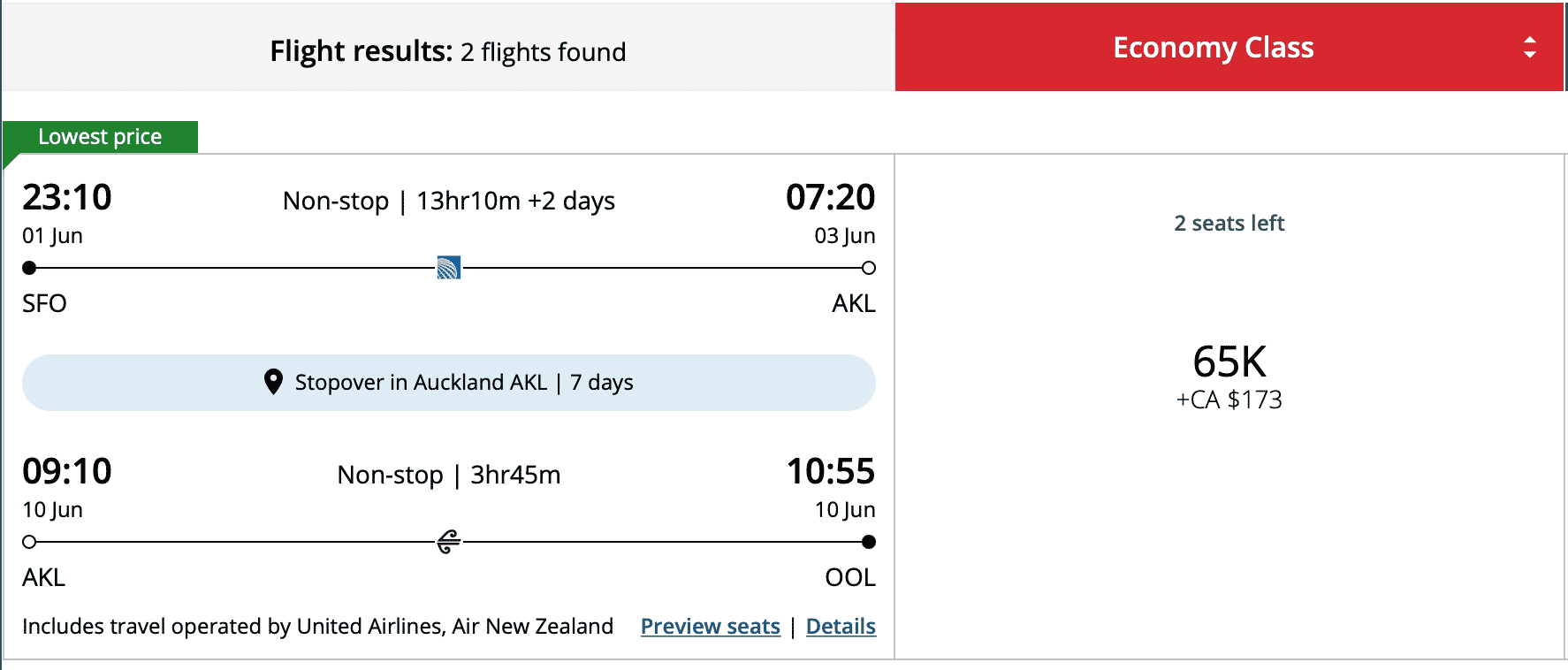
After gallivanting across Australia, you can fly back from any major hub in Australia to San Francisco. A great option would be with All Nippon Airways on both legs, again for 65,000 Aeroplan points including a stopover.

Of course, these are just examples to whet your appetite. It’s very possible there are even better bargains to be had aboard Air Canada, but I always feel best when getting in just under the maximum permitted distance band and with great airlines.
Partner Availability Woes? Not in Economy Class!
One of the most consistent issues I’ve heard during my time in the wonderful world of maximizing rewards points has been along the lines of: “I really want to go to this destination, but I can’t find premium cabin availability anywhere.”
Bah humbug, I say!
If you want to visit somewhere badly enough, it can be worth the non-reclining seats and perpetually-occupied flight attendants. More importantly, sometimes it’s worth just getting to your destination in a single bound, rather than trying adding two or three stops just to fly in business class.
Let’s take a look at a few popular routes that are often bereft of availability for luxury-inclined fliers, but have space for those of a proletarian mindset.

Blazing our trail here is flying from Toronto to Abu Dhabi. Abu Dhabi is a wonder in the desert, and only a 90-minute drive from even-more-wondrous Dubai.
Etihad is a supremely respected airline, and it’s a shame that the business class space gets snapped up so quickly. In economy, we can expect to pay only 55,000 Aeroplan points because of its distance band in the North America–Atlantic chart.
Next up, a Tahitian treat, departing just in time for Valentine’s Day.

French Polynesia can be notoriously hard to get to, with its own flag carrier having minimal useful airline partnerships. For a mere 35,000 Aeroplan points, one can take a direct flight on United from San Francisco and be sampling coconuts at the St. Regis Bora Bora in no time.

Last up, let’s take advantage of the “Within South America” chart by flying from Bogota to São Paulo. This is a six-hour flight, and is longer than the Toronto–Vancouver route in Canada.
There’s plenty of availability, and I’m searching in just a few weeks’ time!

For a mere 20,000 points, I’d say that these are points well spent, and an even better way to get around the monster continent of South America. What’s more, don’t forget that you can tack on another flight for only 5,000 points, leveraging the Aeroplan stopover rule.
What Are the Best Economy Class Products?
Is there such a thing as a “great” economy class? For me, I don’t think it’s about the hard product.
At the end of the day, coach is about transporting as many people as cheaply as possible, and so the seating will always be rudimentary at best. I’d place more value in elements such as the entertainment system, food, and especially customer service.
There is nothing worse than having sore legs on a transoceanic trip, and then having a grouchy or disinterested flight attendant to boot.
With this in mind, I think the Asian airlines probably dominate this field. Not only are they known for stocking excellent food, especially if eating from the Asian menu, but service standards are expected to be impeccable for everyone, and the drinks are often free-flowing.
These combine to make a much better travel experience. I don’t want to knock the Gulf carriers, such as Etihad Airways, because I know they’re great and you can expect a very decent experience on board.

However, it’s ANA that I’ve heard and seen the most stories about having a great coach experience. Therefore, if you’re going to Japan, or transiting through to somewhere such as the Philippines, I think you’ll be hard-pressed to find a better long-haul economy experience than ANA.
Of course, there are certainly competitors. I’ve already mentioned Etihad Airways, but what about EVA Air?

EVA Air isn’t just great for its business class goodie bags and scrumptious matcha milk tea, but it’s also known for its impeccable service at the rear of the aircraft as well.
With Taiwan hopefully set to open up in the coming years, and Taipei acting as a major aviation hub, perhaps consider EVA Air as your economy carrier to the wonders of East Asia.
Conclusion
Overall, the short-term pain of economy travel can very much be worth the long-term gain. Not only does travelling in coach open up a greater variety of routes and availability, but it also saves you a huge bundle of your valuable Aeroplan points, allowing you to experience more of those life-defining journeys we all seek.
Whether you’re going to Amsterdam or just flying once to see your grandma in Prince George, I hope that the sweet spots we’ve identified today help you along your journey of maximizing points to see as much of the world as your heart desires.
Until next time, don’t fear the back of the plane!






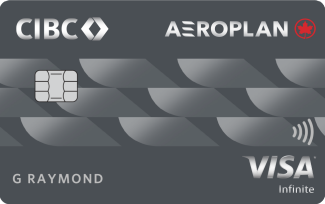
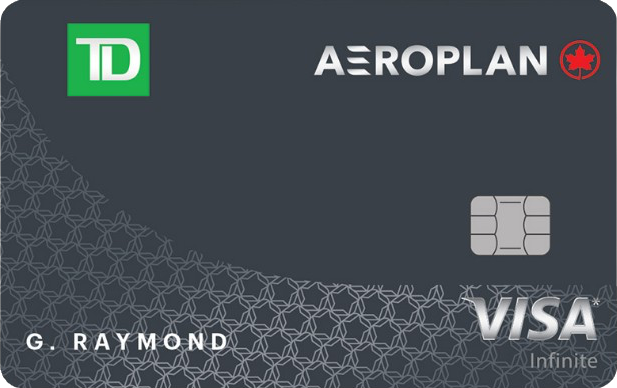


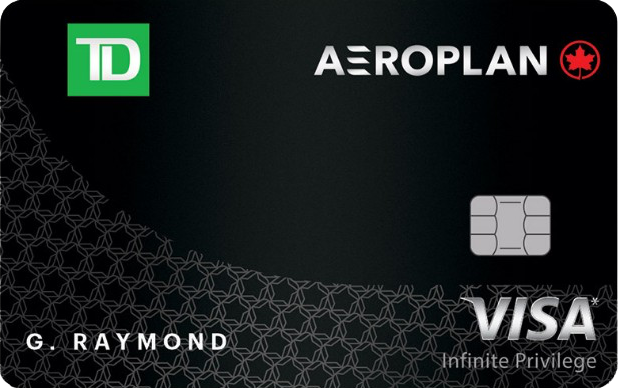

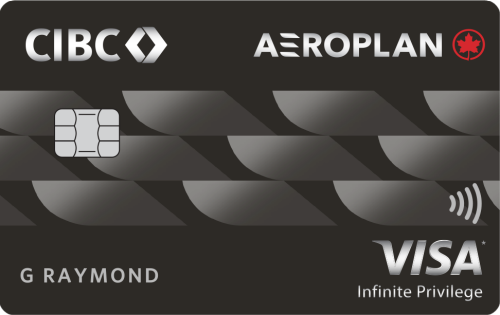









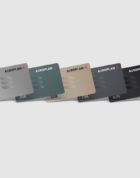
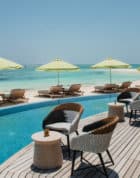
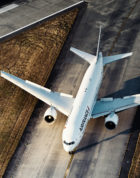

Great article! People on the points communities get so focused on Business and First (which is nice, don’t get me wrong), but especially for those with families it is unrealistic to expect J redemptions every time. Taking a family of 5 anywhere for almost nothing is enough value! Thanks for pointing out the Tahiti sweet spot, will definitely keep it on my radar!
This is literally the dumbest article I have read on the topic. It’s perfectly fine to point out sweet spots in Y for short haul or even flights across the pond, but to try and spin 12,873 miles of flying in economy as a good value is beyond the pale.